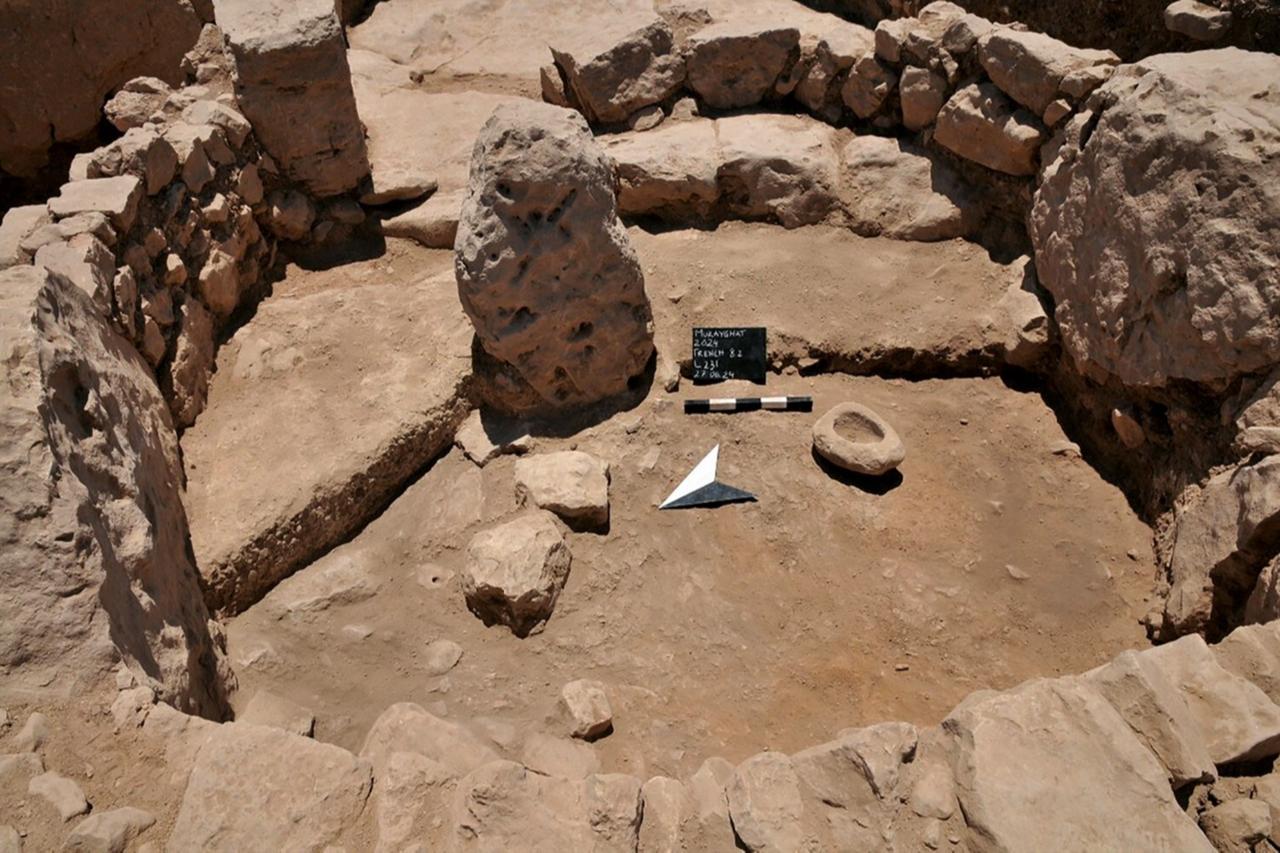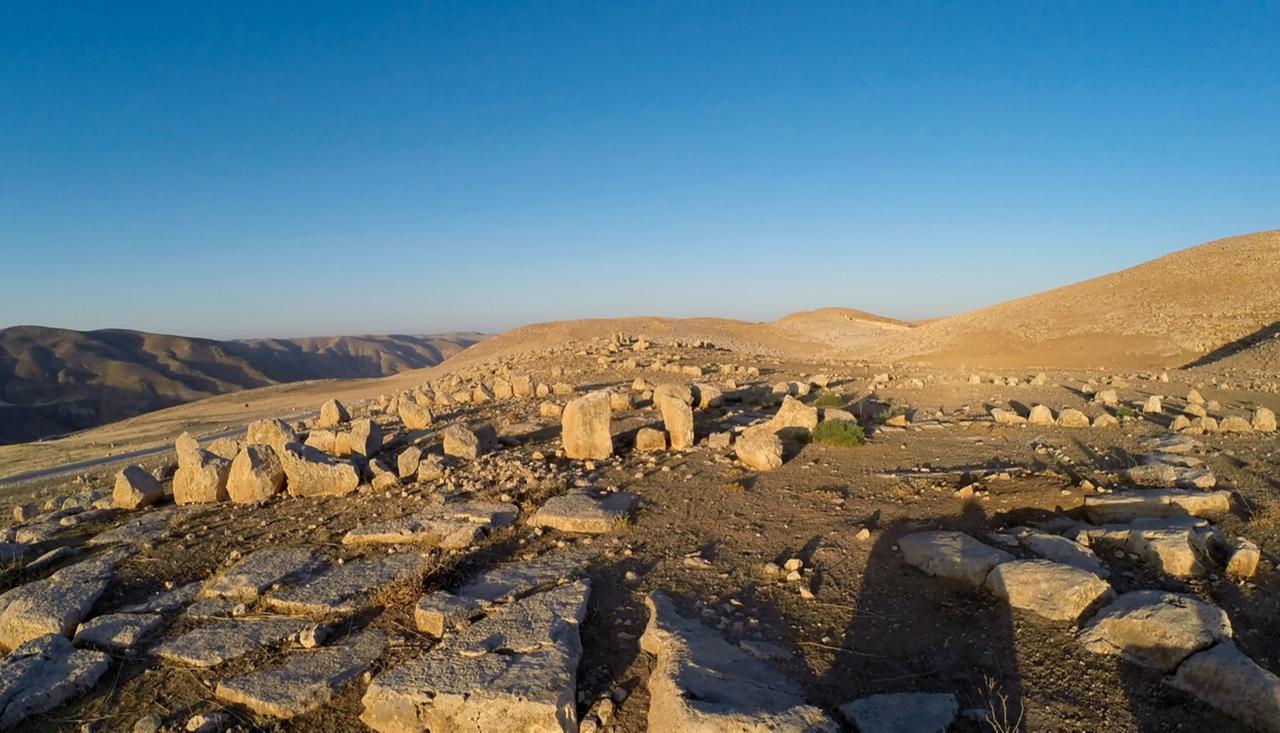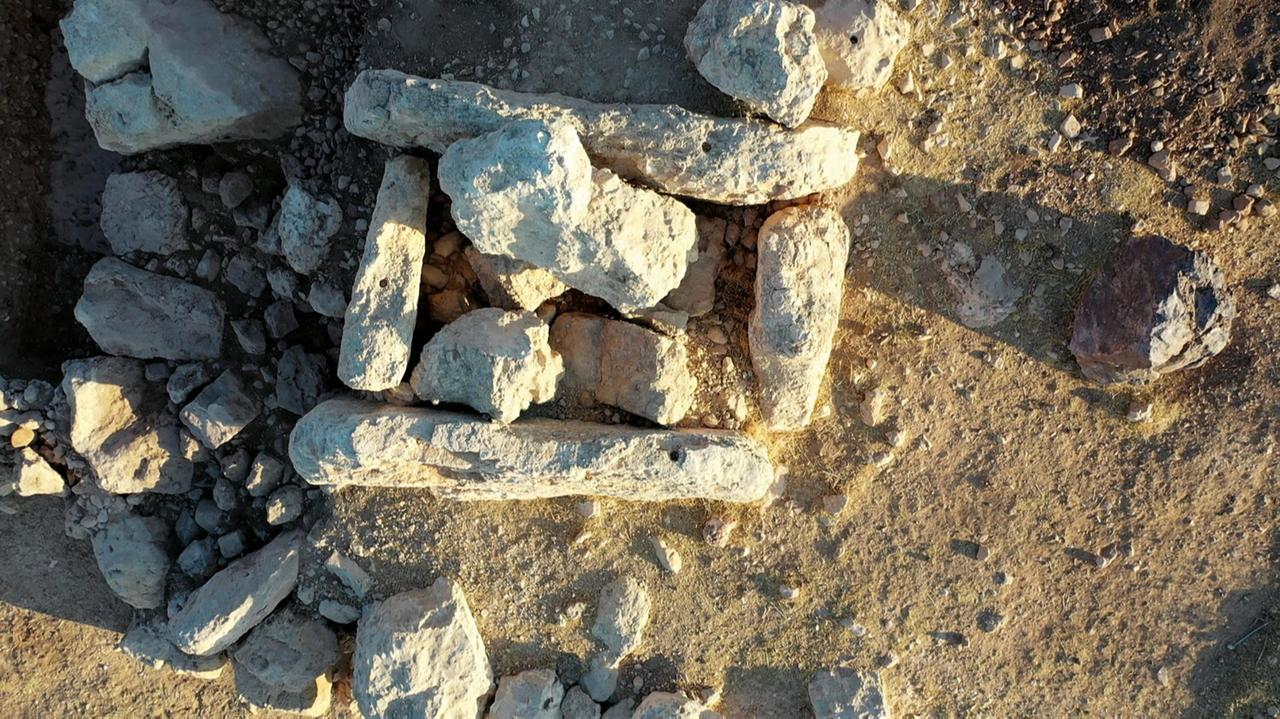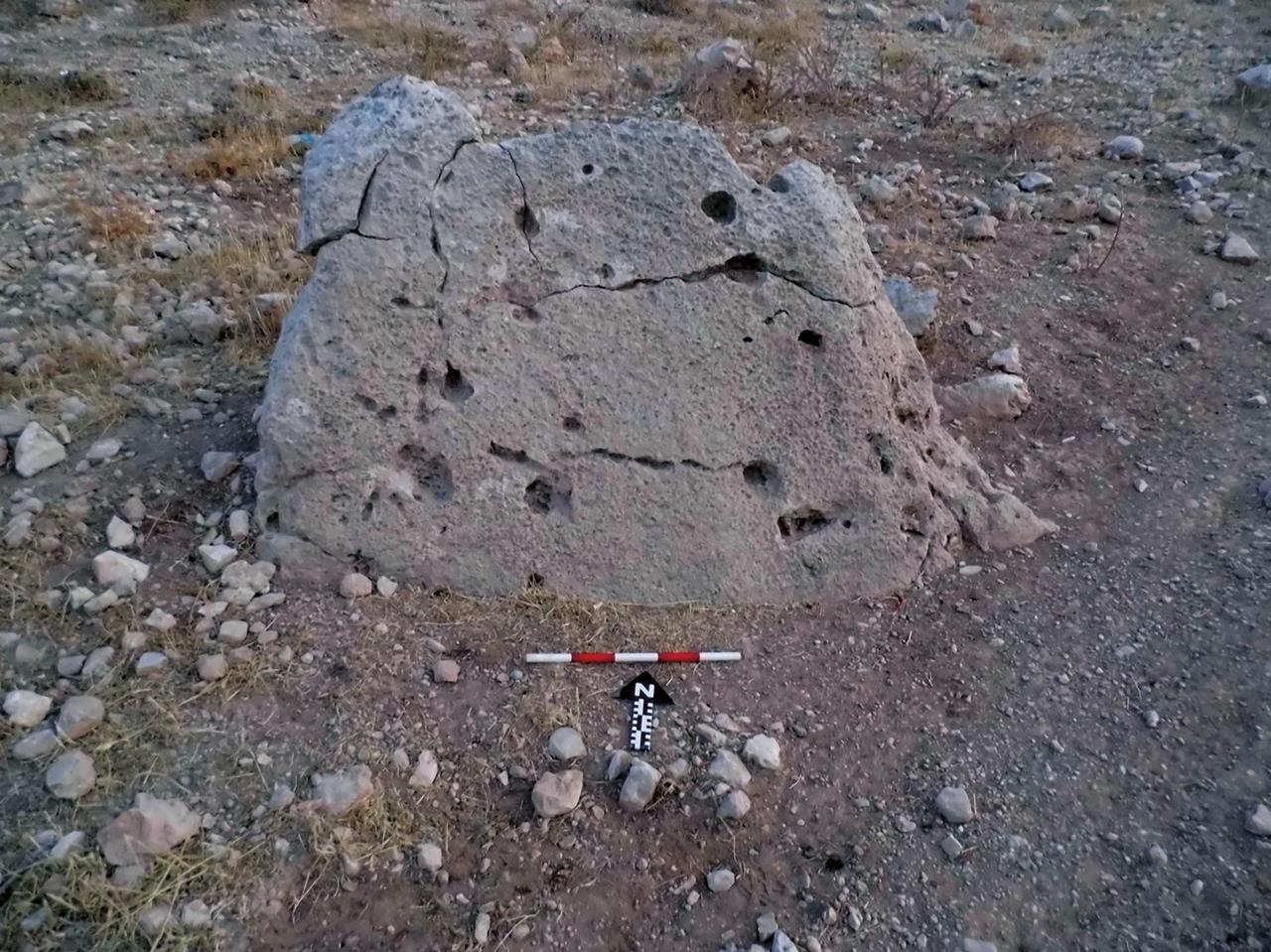
Archaeologists led by the University of Copenhagen say a 5,500-year-old ritual landscape at Murayghat in Jordan helps explain how communities reorganized after upheaval.
The team reports clusters of dolmens—stone burial monuments—together with standing stones (upright markers set in the ground) and large megalithic structures that suggest ceremonial gatherings rather than everyday living spaces.

Researchers place Murayghat just after the decline of the Chalcolithic, or Copper Age (ca. 4.500–3.500 B.C.), a period noted for domestic settlements, rich symbolic traditions, copper objects, and small cultic shrines. They argue that climate shifts and social disruptions likely weakened that social order, and that Early Bronze Age groups responded by creating new ritual forms in the landscape instead of rebuilding dense towns.
“Instead of the large domestic settlements with smaller shrines established during the Chalcolithic, our excavations at Early Bronze Age Murayghat show clusters of dolmens (stone burial monuments), standing stones, and large megalithic structures that point to ritual gatherings and communal burials rather than living quarters,” says project leader and archaeologist Susanne Kerner of the University of Copenhagen.

The team has documented more than 95 dolmen remains. On the central hilltop, stone-built enclosures and carved bedrock features also indicate ceremonial use.
These visible markers may have helped redefine territory and social roles at a time without strong central authority, Kerner notes. “Murayghat gives us, we believe, fascinating new insights into how early societies coped with disruption by building monuments, redefining social roles, and creating new forms of community.”

Excavations have yielded Early Bronze Age pottery, large communal bowls, grinding stones, flint tools, animal horn cores, and a few copper objects.
Taken together, the finds point to ritual activity and possible feasting. The way the site is laid out—and how its monuments are visible in the landscape—suggests Murayghat served as a meeting point for different groups in the region.